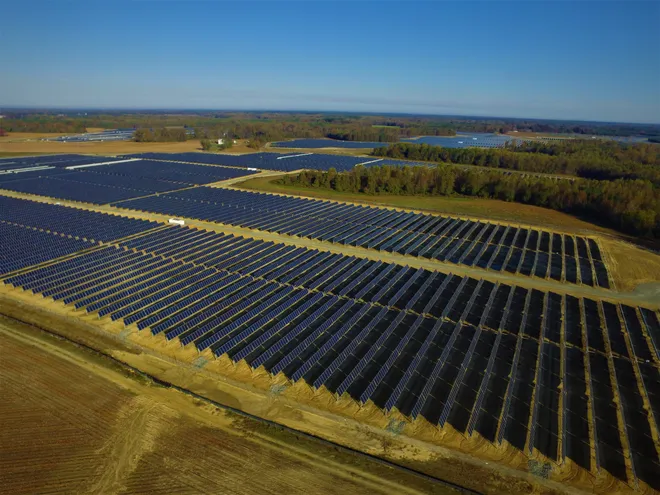
Introduction
Solar energy and utility-scale projects have emerged as game-changers in the energy sector. This article explores the historical background, key concepts, benefits, challenges, case studies, current trends, controversies, future outlook, and significance of solar energy and utility-scale projects.
Historical Background
Solar energy has been harnessed for centuries, with ancient civilizations using magnifying glasses and mirrors to utilize the sun’s power. However, it was in the 19th century that the first solar cell was invented, marking the beginning of a new era in solar energy usage. Over the years, solar energy has experienced exponential growth, and utility-scale solar projects have played a pivotal role in this development.
Key Concepts and Definitions
Solar energy encompasses various forms, including photovoltaic and concentrated solar power. Photovoltaic technology converts sunlight directly into electricity, while concentrated solar power utilizes mirrors or lenses to concentrate sunlight onto a receiver. Utility-scale projects refer to large-scale solar installations that generate electricity and contribute to the grid. Key terms such as solar farms, solar power plants, and grid integration are crucial in understanding the significance of utility-scale solar projects.
Main Discussion Points
The overview of utility-scale solar projects reveals their massive scale and capacity, with some projects spanning thousands of acres and producing hundreds of megawatts of electricity. The technologies employed in utility-scale projects include advanced solar panels, tracking systems, and inverters that optimize power generation.
Benefits and advantages of utility-scale solar projects are numerous. They offer significant environmental benefits by reducing greenhouse gas emissions and dependence on fossil fuels. Additionally, utility-scale projects stimulate economic growth by creating job opportunities and attracting investments. Furthermore, these projects enable the transition to a low-carbon economy and play a crucial role in combating climate change.
Challenges and considerations in utility-scale solar projects include addressing land requirements and potential conflicts arising from land use. Intermittency and storage challenges of solar energy require innovative solutions to ensure consistent power supply. It is also crucial to mitigate any potential impacts on local communities and ecosystems through careful planning and sustainable practices.
Case Studies or Examples
Several successful utility-scale solar projects serve as shining examples of the potential of solar energy. These projects include the Noor Complex in Morocco, the Longyangxia Dam Solar Park in China, and the Kamuthi Solar Power Project in India. These projects demonstrate the feasibility and effectiveness of utility-scale solar installations in different regions.
Current Trends or Developments
Recent technological advancements in solar energy have significantly enhanced the efficiency and affordability of solar panels. Additionally, policy changes and incentives, such as government subsidies and feed-in tariffs, have encouraged the development of utility-scale solar projects. The increasing adoption and integration of solar energy into the grid have revolutionized the energy sector, paving the way for a more sustainable and resilient future.
Challenges or Controversies
Utility-scale solar projects may face potential controversies, such as concerns over land use and visual impact. Additionally, there are differing viewpoints regarding the impact of solar energy on the energy sector, including debates about its reliability and cost-effectiveness compared to traditional energy sources.
Future Outlook
The future of utility-scale solar projects looks promising, with exponential growth and expansion expected in the coming years. Advancements in solar technologies and energy storage systems will further enhance the efficiency and reliability of utility-scale installations. Solar energy will play a pivotal role in achieving renewable energy targets and ensuring a sustainable future for generations to come.
Conclusion
Solar energy and utility-scale projects hold immense potential in revolutionizing the energy sector. By harnessing the power of the sun, we can mitigate climate change, create economic opportunities, and achieve a cleaner and more sustainable future. The significance of solar energy and utility-scale projects cannot be overstated, as they pave the way for a brighter tomorrow.